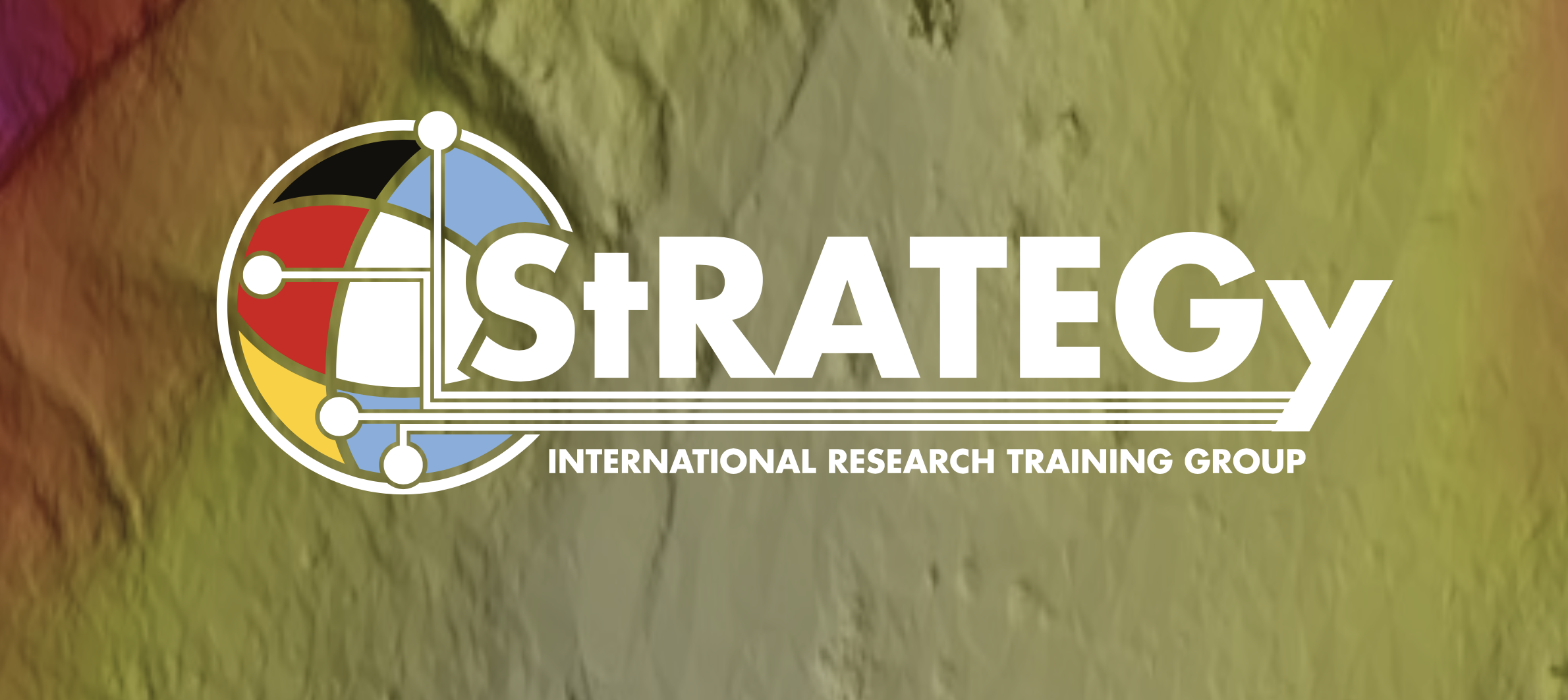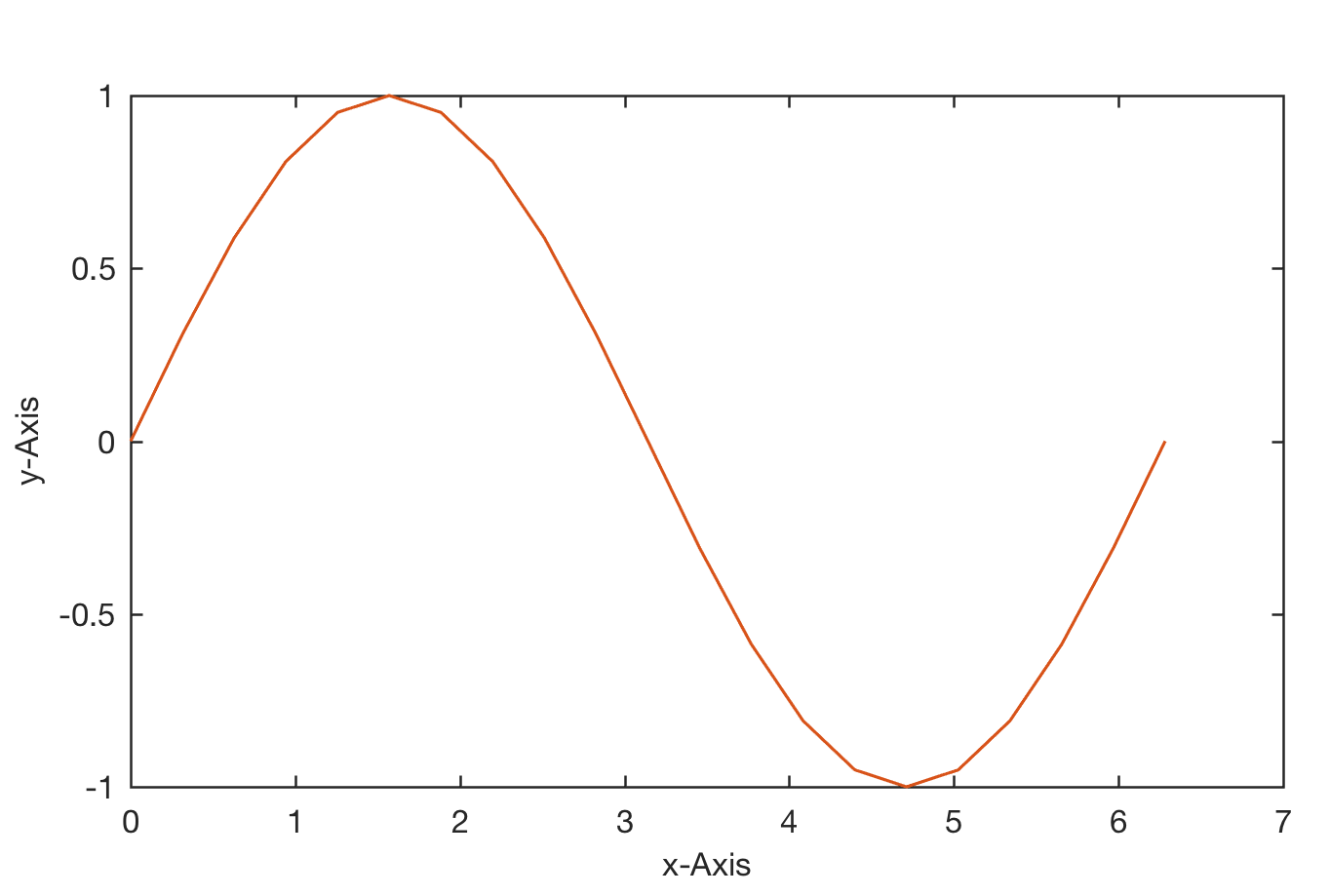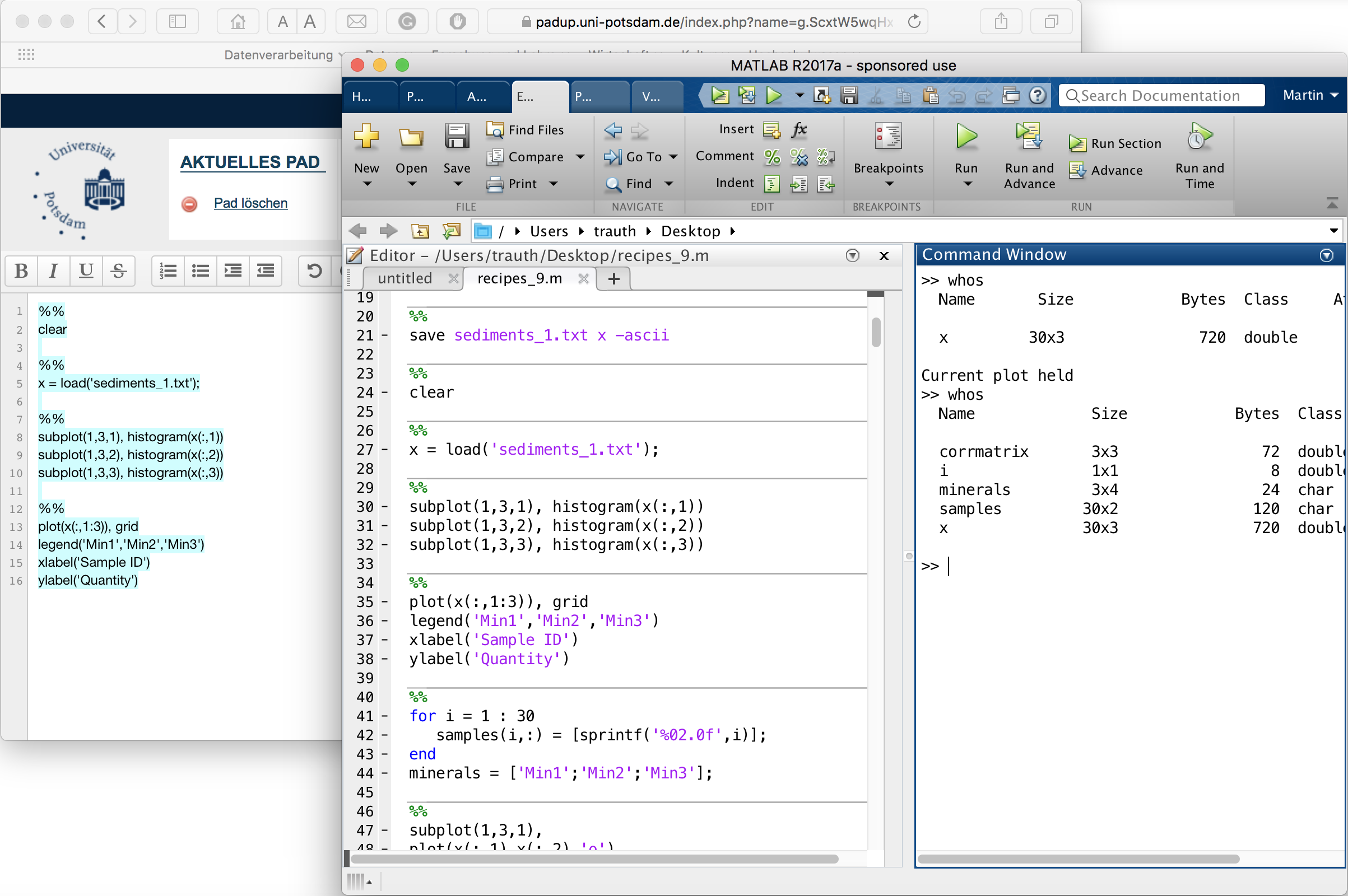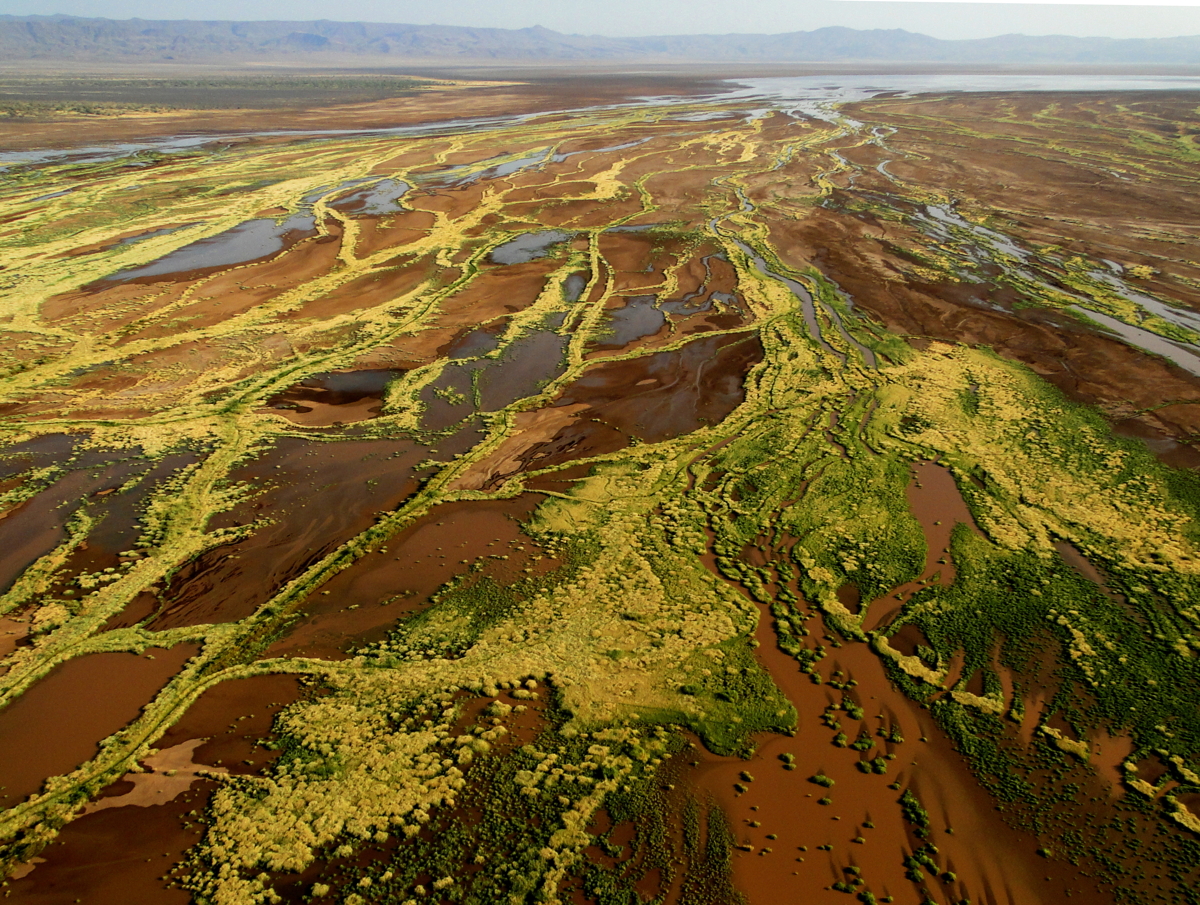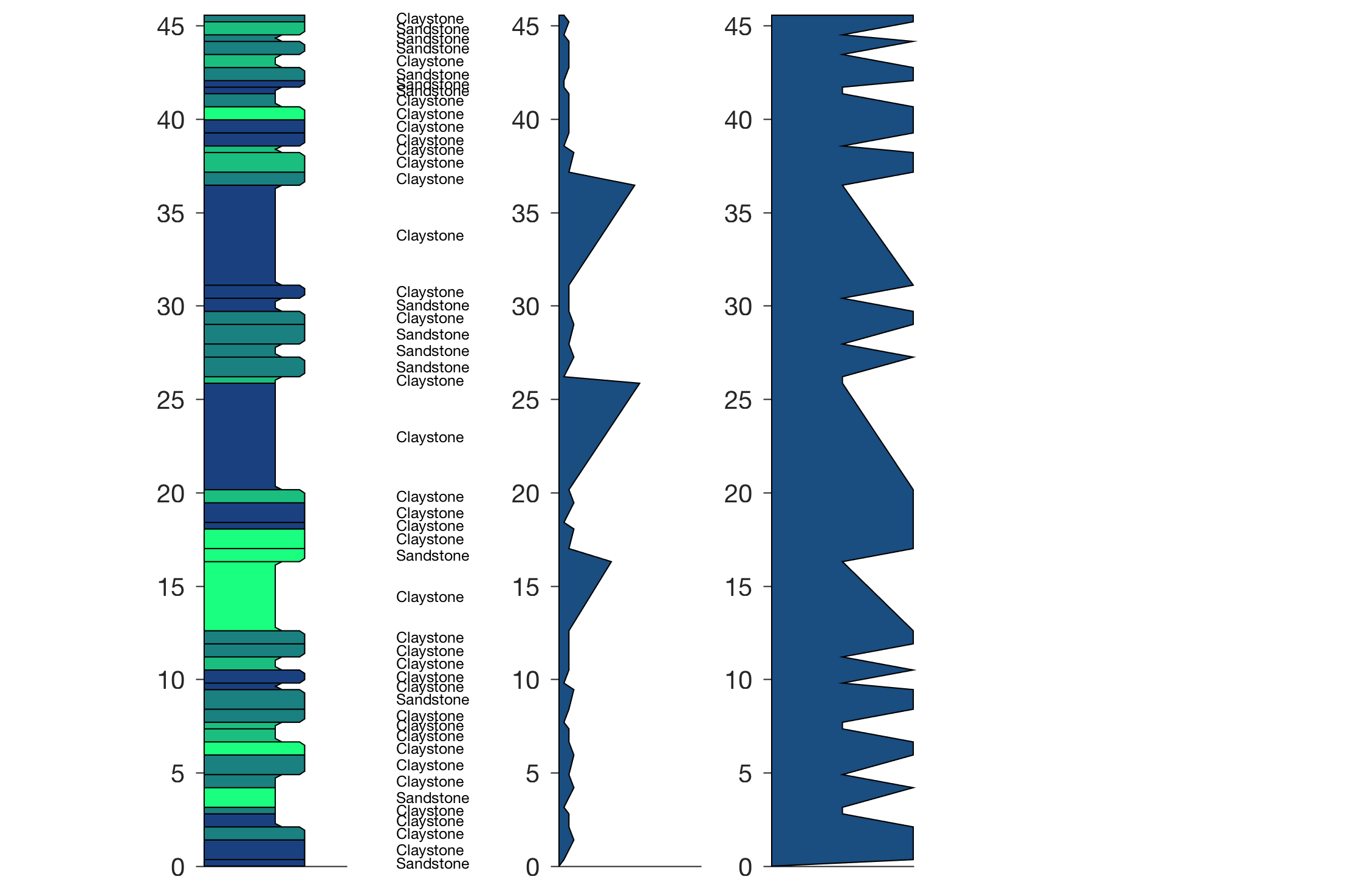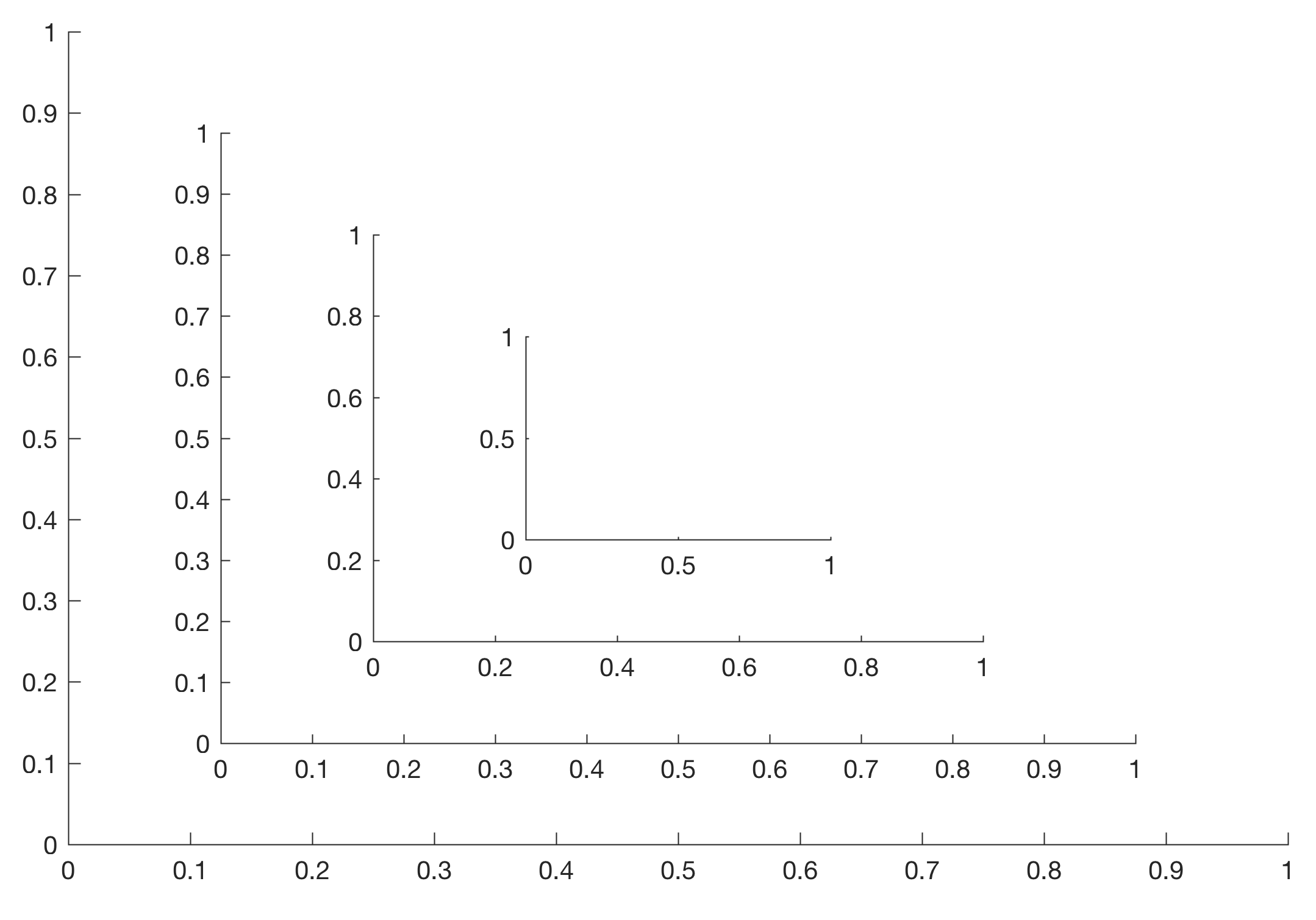Two shortcourses, partly MATLAB-based, are taught by colleagues of mine within the DFG-funded StRATEGy Research Training Group at the University of Potsdam, together with GFZ, CONICET, U Buenos Aires and U Salta–Jujuy–Tucumán. The first course on “Advancing understanding of geomorphology with topographic analysis emphasizing high resolution topography” is taught by Ramón Arrowsmith, Bodo Bookhagen, Wolfgang Schwanghart and Christopher Crosby between 12–15 June 2017. The second course on “Geoscience Investigations of Point Clouds” is taught by Bodo Bookhagen, Ramón Arrowsmith, Martin Isenburg and Christopher Crosby between 7–9 June 2017.
Teaching Computational Geosciences with MATLAB, Part 3: Intro to MATLAB
In a series of blog posts, I will tell you a little about how I teach computational geosciences with MATLAB. After the work environment is set up and resources are presented with information about MATLAB, I show a very simple example of the typical workflow with MATLAB. The main goal of this is to show beginners how easy it is to get into this huge software.
Continue reading “Teaching Computational Geosciences with MATLAB, Part 3: Intro to MATLAB”
Teaching Computational Geosciences with MATLAB, Part 2: Resources
In a series of blog posts, I will tell you a little about how I teach computational geosciences with MATLAB. At the beginning of the course, the work environment is set up in MATLAB and resources are presented with information about MATLAB. Continue reading “Teaching Computational Geosciences with MATLAB, Part 2: Resources”
Teaching Computational Geosciences with MATLAB, Part 1: Technical Aspects
In a series of blog posts, I will tell you a little about how I teach computational geosciences with MATLAB. There will be content, didactic and technical aspects of teaching. Of course, I will also tell you about my experiences in the development of the MATLAB/LEGO MINDSTORMS Environmental Remote Sensing Lab, which we have just finished in a first version. Continue reading “Teaching Computational Geosciences with MATLAB, Part 1: Technical Aspects”
U Potsdam’s Magazin PORTAL Cover Showing Suguta Valley
The latest issue of the University of Potsdam’s magazin PORTAL cover shows the Suguta Valley, where I ran DFG-funded project on structural and environmental history of the Suguta Valley in the Northern Kenya Rift between 2007 and 2014. Continue reading “U Potsdam’s Magazin PORTAL Cover Showing Suguta Valley”
Completing the MATLAB/LEGO MINDSTORMS Environmental Remote Sensing Lab
Last Friday we completed the MATLAB/LEGO MINDSTORMS Environmental Remote Sensing. The course for undergraduate and graduate students aims to improve their skills to build efficient teams to solve typical problems in earth sciences in acquiring, processing and analyzing typical multispectral, geophysical and geometric data. The practical was a great success, and a lot of fun! Continue reading “Completing the MATLAB/LEGO MINDSTORMS Environmental Remote Sensing Lab”
Drawing Stratigraphic Columns with MATLAB
As a geoscientist using MATLAB, about a decade ago I sought a way to draw a stratigraphic column with rounded corners, labels, and a number of data curves. The result of a programming exercise during a rainy Sunday afternoon was the function stratplot, which was subsequently published in Chapter 5.7 of MDRES in the year 2012. Continue reading “Drawing Stratigraphic Columns with MATLAB”
Playing Around with the axes Function of MATLAB
The MATLAB function axes creates a Cartesian axes in the current figure. Many MATLAB users do not use the figure and axes functions because all graphics functions generate a figure window and an axis system. However, the two functions together offer many possibilities to arrange FigureWindows on the display or to place one or more axes on this FigureWindows. Here are some examples that do not even come close to what these functions offer. Continue reading “Playing Around with the axes Function of MATLAB”

